Europe: The Cradle of Western Civilization and Cultural Renaissance
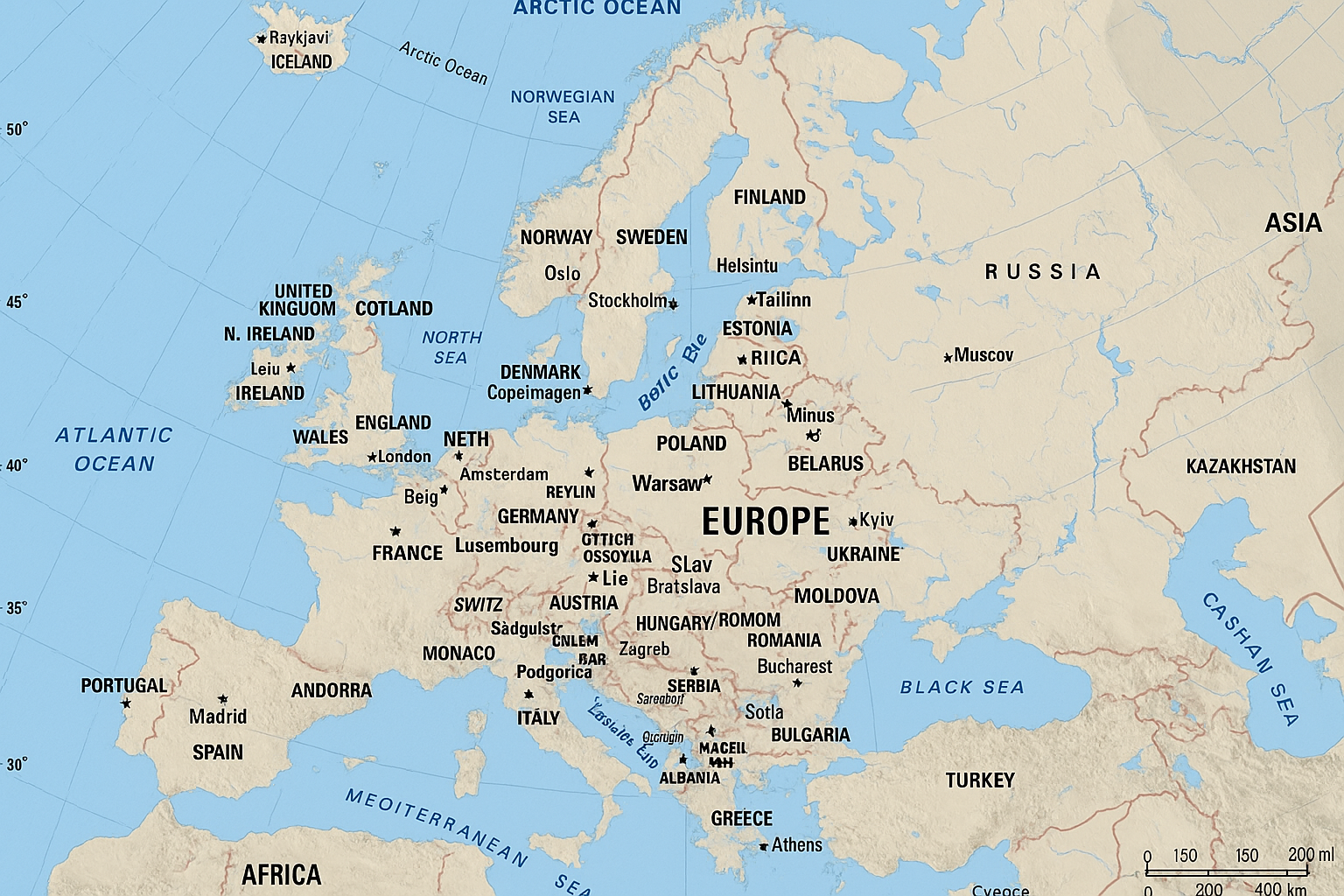
Explore Europe, a continent of breathtaking beauty, historic depth, and cultural richness. Discover its diverse geography, ancient civilizations, architectural wonders, and its unparalleled influence on global history, politics, art, and science in this comprehensive travel and knowledge guide.
Europe – A Continent of Legacy, Landscapes, and Light
Europe, the second smallest continent by land area but among the most historically and culturally influential, is often regarded as the cradle of Western civilization. It’s where democracy was born, the Renaissance took flight, empires rose and fell, and ideas that shaped the modern world were conceived. From the fjords of Norway to the Mediterranean shores of Greece, Europe offers a complex and fascinating blend of history, art, science, religion, and politics.
🌍 Geography of Europe
Location: Europe is located entirely in the Northern Hemisphere and mostly in the Eastern Hemisphere. It is bordered by:
-
Asia to the east (Ural Mountains, Ural River, and Caspian Sea serve as boundaries)
-
Arctic Ocean to the north
-
Atlantic Ocean to the west
-
Mediterranean Sea to the south
Area: ~10.18 million square kilometers
Countries: 44 (depending on definitions, e.g., recognition of Kosovo)
Population: ~750 million
Major Physical Features:
-
Alps – Stretch across 8 countries; highest peak: Mont Blanc (4,810 m)
-
Carpathians, Pyrenees, Balkan, and Scandinavian Mountains
-
Danube River – Europe's second-longest river, flowing through 10 countries
-
Volga River – The longest river in Europe (in Russia)
-
Baltic Sea, Black Sea, North Sea, Aegean Sea
-
Iberian, Balkan, Italian, and Scandinavian Peninsulas
-
European Plain – A vast stretch of fertile land ideal for agriculture
🕰️ Historical Evolution of Europe
🏛️ Ancient Civilizations:
-
Greek Civilization – Birthplace of democracy, philosophy, and Olympic Games
-
Roman Empire – Spanned across Europe, North Africa, and the Middle East; laid the foundation of law, engineering, and governance
-
Celtic and Germanic Tribes – Shaped early Northern and Western Europe
🕍 Middle Ages (5th–15th century):
-
Rise of kingdoms and feudal systems
-
Spread of Christianity; establishment of the Catholic Church
-
Crusades and monastic scholarship preserved ancient knowledge
🎨 Renaissance (14th–17th century):
-
Cultural rebirth in Italy, spreading across Europe
-
Artists like Leonardo da Vinci, Michelangelo, Raphael
-
Scientific revolution led by Galileo, Copernicus, Kepler, Newton
🏰 Age of Empires & Enlightenment (17th–19th century):
-
Colonization of Asia, Africa, and the Americas by European powers
-
Philosophical enlightenment led by Voltaire, Rousseau, Locke
-
French Revolution (1789) sparked democratic ideals
⚔️ 20th Century Turmoil:
-
World War I and World War II reshaped global politics
-
Rise and fall of Nazi Germany, Soviet Union, and Iron Curtain divide
-
Formation of European Union (EU) in the aftermath to ensure peace and economic stability
🌐 Political & Economic Structure
-
European Union (EU): An economic and political union of 27 countries
-
Eurozone: 20 countries using the Euro (€)
-
Schengen Area: Enables passport-free travel across 27 nations
-
NATO: European countries are key members of this transatlantic military alliance
Europe is a global economic powerhouse, with Germany, France, and the UK among the world’s top economies. The continent also leads in green technology, finance, education, and healthcare.
🏞️ Regions of Europe and Their Distinctiveness
Western Europe:
-
Includes: France, Germany, Belgium, Netherlands, Luxembourg
-
Famous for: Eiffel Tower, Rhine Valley, medieval castles, and modern industrial hubs
Southern Europe:
-
Includes: Italy, Spain, Portugal, Greece
-
Mediterranean culture, Roman ruins, olive oil, seafood, beaches, and sunshine
Northern Europe:
-
Includes: UK, Ireland, Norway, Sweden, Denmark, Finland
-
Fjords, Vikings, advanced infrastructure, welfare models, and modern cities
Eastern Europe:
-
Includes: Poland, Hungary, Romania, Ukraine, Russia (European part)
-
Orthodox churches, Slavic traditions, Soviet legacy, scenic Carpathians
Central Europe:
-
Includes: Austria, Switzerland, Czechia, Slovakia
-
Alpine landscapes, music (Mozart, Beethoven), efficient railways, and chocolate
Southeastern Europe (Balkans):
-
Includes: Croatia, Serbia, Bosnia, Bulgaria, Albania, Greece
-
Rich folklore, UNESCO heritage sites, Ottoman and Byzantine influence
🏛️ European Landmarks & Architecture
-
Eiffel Tower (France)
-
Colosseum (Italy)
-
Acropolis of Athens (Greece)
-
Big Ben & Tower Bridge (UK)
-
Sagrada Familia (Spain)
-
Brandenburg Gate (Germany)
-
St. Basil’s Cathedral (Russia)
-
Neuschwanstein Castle (Germany)
-
Stonehenge (UK)
🎨 Art, Literature & Music
-
Renaissance art: Da Vinci, Michelangelo, Rembrandt
-
Classical music: Mozart, Beethoven, Chopin, Vivaldi
-
Literature: Shakespeare, Goethe, Tolstoy, Dante
-
Museums: Louvre, British Museum, Prado, Hermitage
✝️ Religion in Europe
-
Christianity: Most prevalent; split into Roman Catholic, Eastern Orthodox, and Protestant
-
Other major religions: Islam, Judaism, Buddhism, Atheism
-
Important religious sites: Vatican City, Santiago de Compostela, Notre-Dame Cathedral, Westminster Abbey
🧭 Tourism & Travel Highlights
Europe is the most visited continent on Earth due to its ease of travel and stunning diversity.
Popular Tourist Countries:
-
France – #1 tourist destination in the world (Paris, Riviera, Loire Valley)
-
Italy – Roman heritage, Venice canals, Florence, Sicily
-
Spain – Barcelona, flamenco, Alhambra, Ibiza
-
Switzerland – Alps, chocolate, Geneva lakes
-
Austria – Vienna, Salzburg, classical concerts
-
Greece – Islands like Santorini, Athens ruins
-
UK – London, Edinburgh, castles, literature trails
🛤️ Transport and Urban Life
Europe boasts world-class transport networks:
-
High-speed trains: Eurostar, Thalys, TGV, ICE
-
Metro systems in cities like Paris, London, Moscow, Berlin
-
Cycling-friendly cities: Amsterdam, Copenhagen
-
Airlines: EasyJet, Ryanair, Lufthansa, Air France
🍲 Cuisine Across Europe
Europe’s cuisine is as diverse as its languages.
-
France: Croissants, cheese, wine
-
Italy: Pizza, pasta, gelato
-
Germany: Sausages, pretzels, beer
-
Spain: Paella, tapas
-
UK: Fish & chips, afternoon tea
-
Nordics: Smoked salmon, reindeer, rye bread
-
Eastern Europe: Goulash, pierogi, borscht
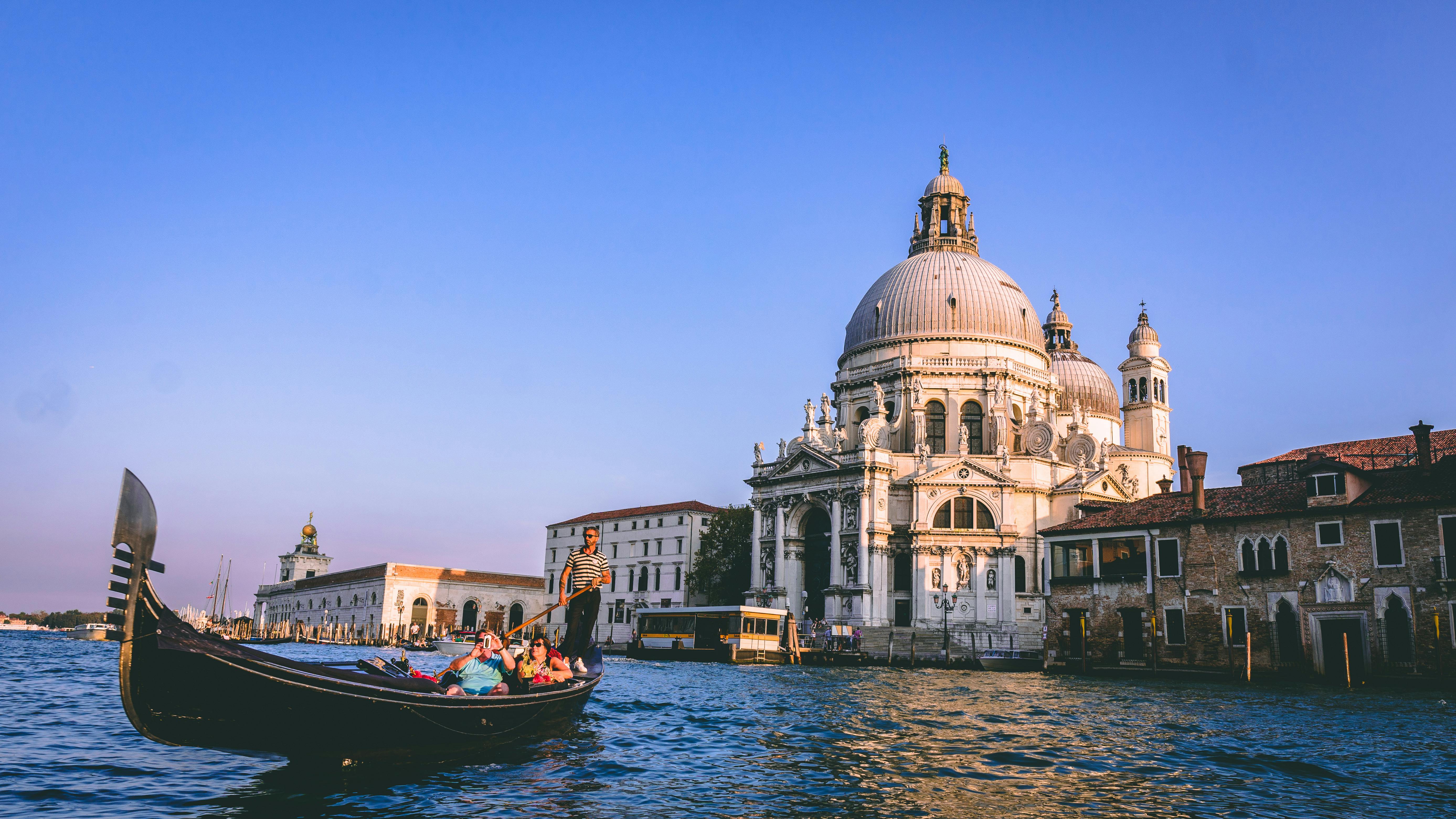

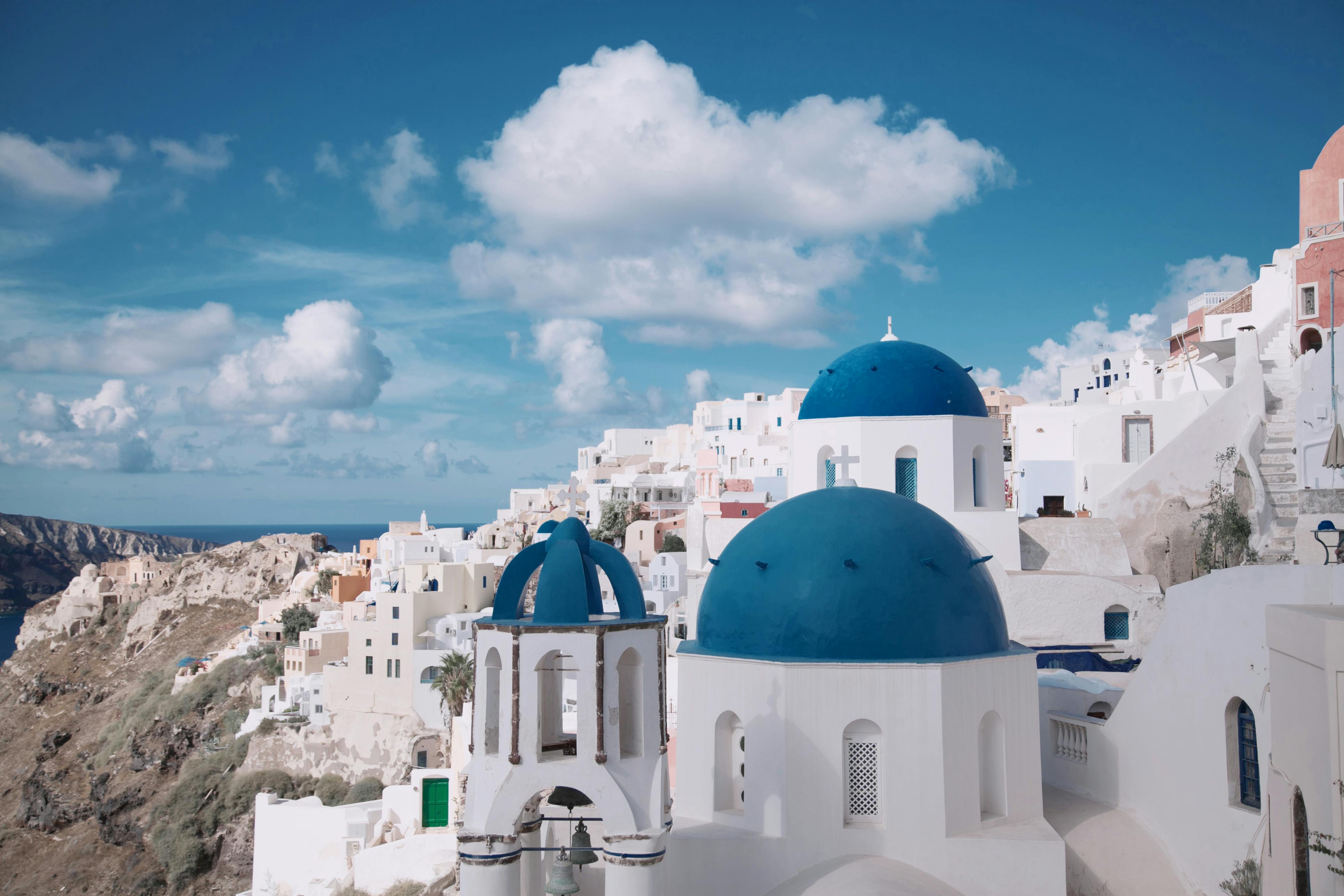
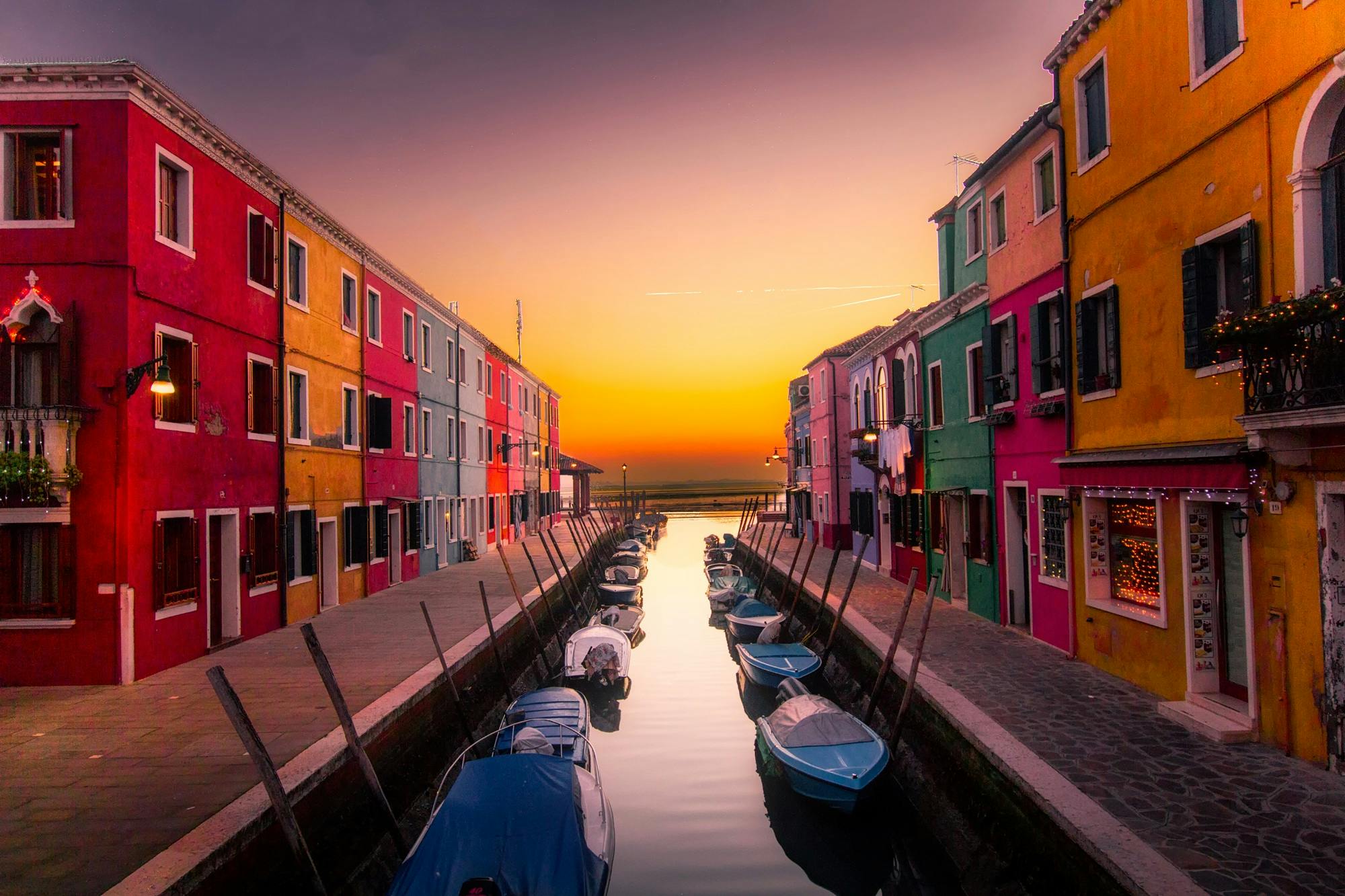
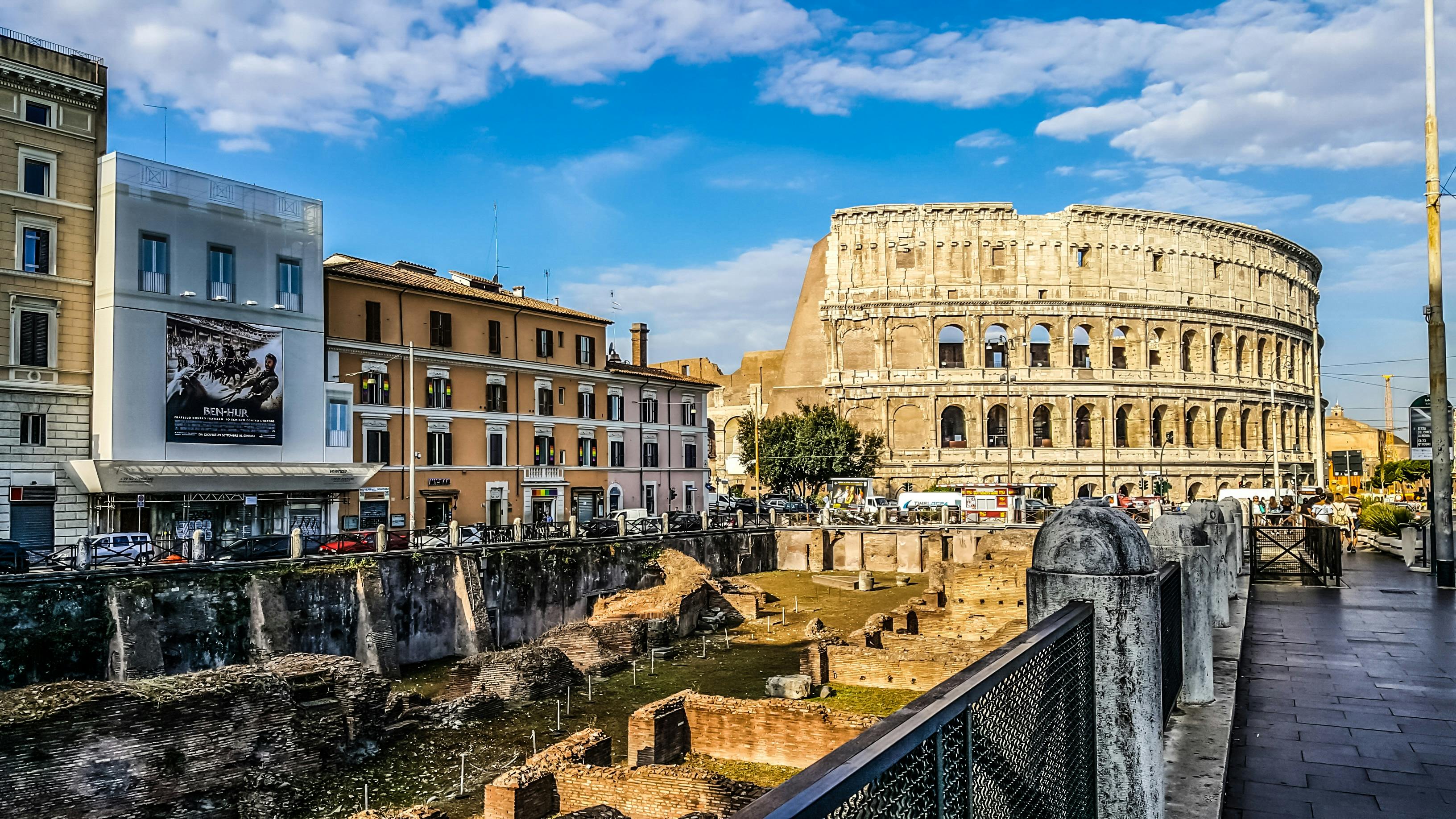
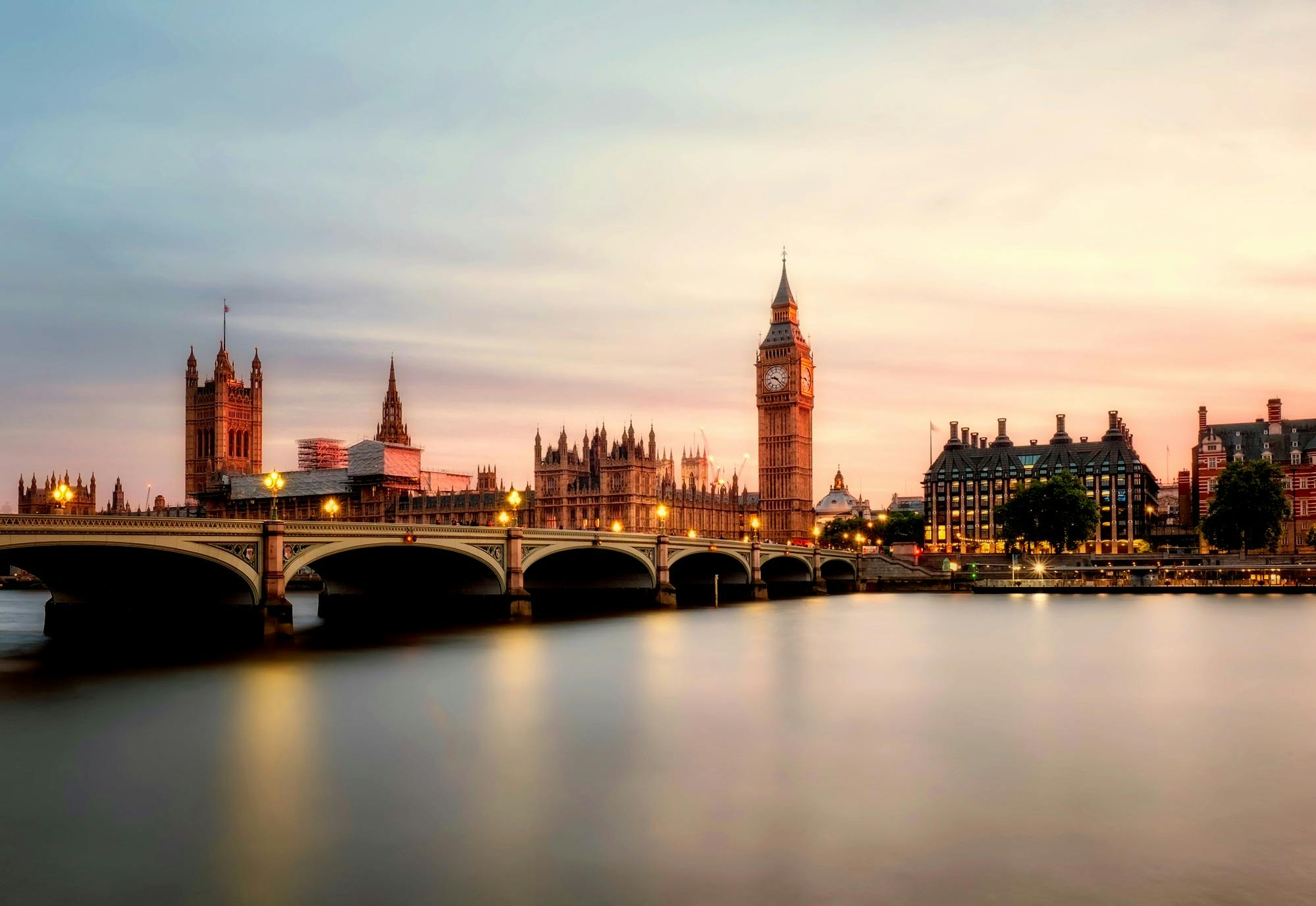
Comments (0)
Please login to leave a comment.